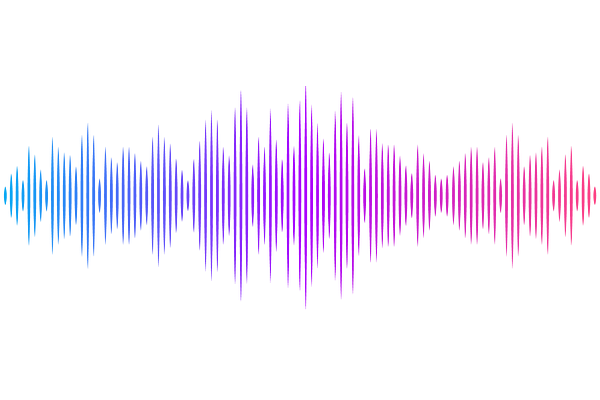An automated algorithmic method to mitigate long-term variations in the efficiency of the GRAPES-3 muon telescope

An automated algorithmic method to mitigate long-term variations in the efficiency of the GRAPES-3 muon telescope
S. Paul, K. P. Arunbabu, M. Chakraborty, S. K. Gupta, B. Hariharan, Y. Hayashi, P. Jagadeesan, A. Jain, P. Jain, M. Karthik, S. Kawakami, H. Kojima, K. Manjunath, P. K. Mohanty, S. D. Morris, Y. Muraki, P. K. Nayak, T. Nonaka, A. Oshima, D. Pattanaik, B. Rajesh, M. Rameez, K. Ramesh, B. S. Rao, L. V. Reddy, S. Shibata, K. Tanaka, F. Varsi, M. Zuberi
AbstractThe GRAPES-3 large area muon telescope with its sixteen independent modules records the high energy (>1 GeV) muons continuously over 2.3 sr of the sky. However, the recorded muon rates are contaminated by instrumental effects and instabilities spanning both short- and long-timescales, such as variations in the efficiency of the detector. We present an automated, algorithmic method, which employs Bayesian blocks to discretize the data stream into periods and exploits the correlations among the sixteen independent modules of the muon telescope to separate the impact of these instrumental problems from those originating in physical effects of interest, allowing the Savitzky-Golay filter to be employed to mitigate the former. Compared to legacy methods, this method is less dependent on subjective input from experimental operators and provides a data stream free of all known instrumental effects over calendar years. The muon rate obtained with the new method shows a fairly better correlation with neutron monitor data, than that obtained with the legacy method.